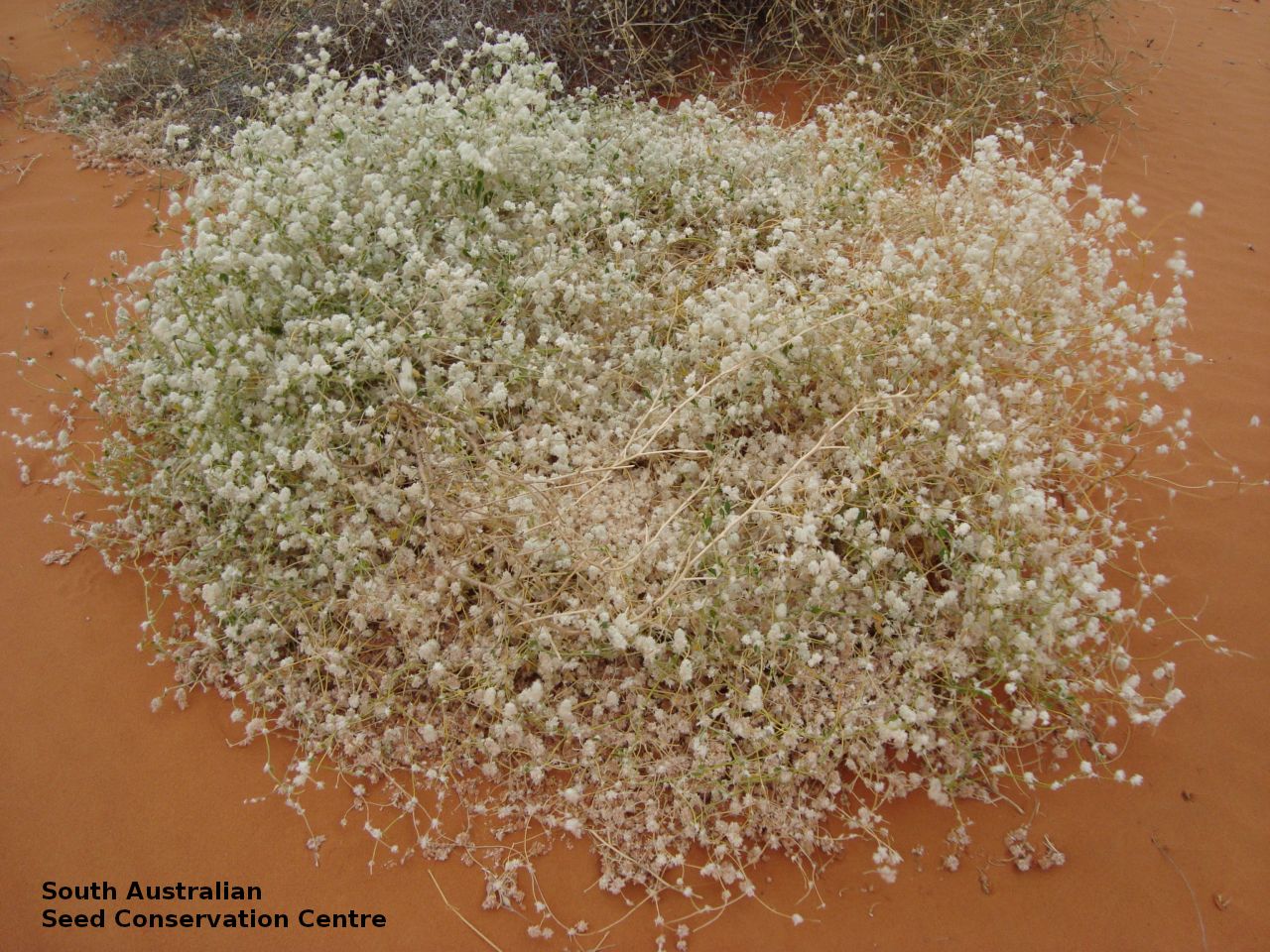
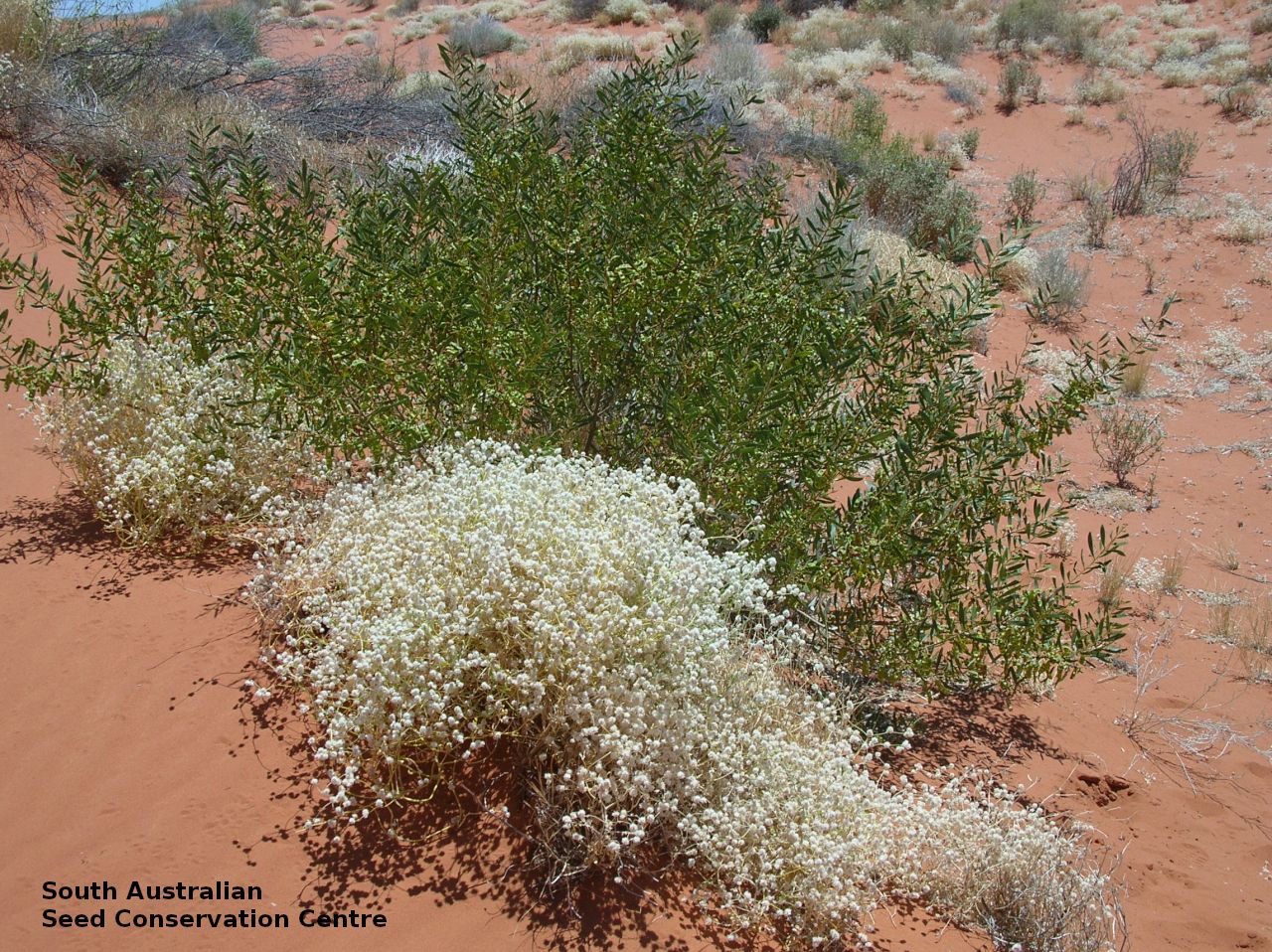
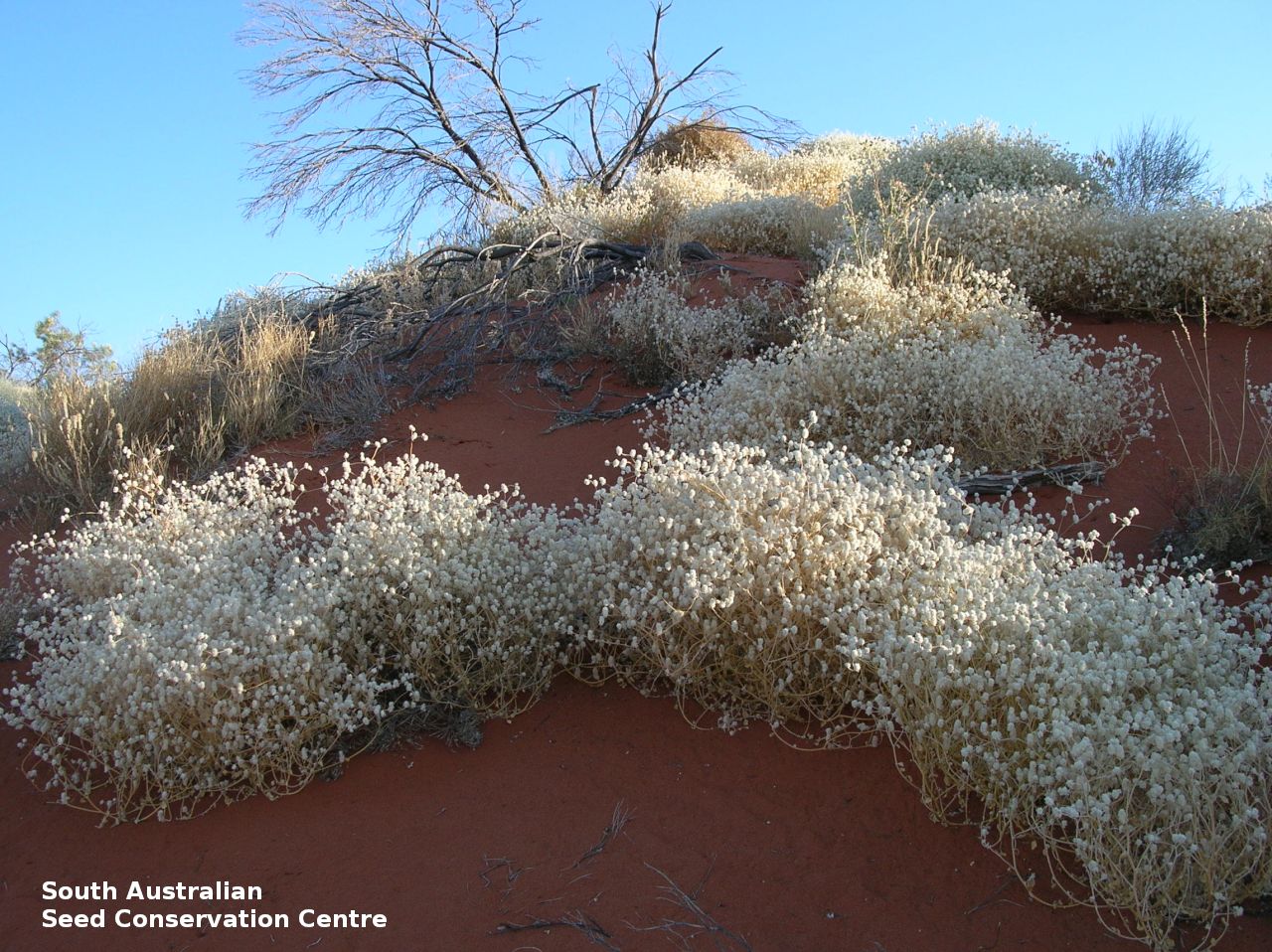
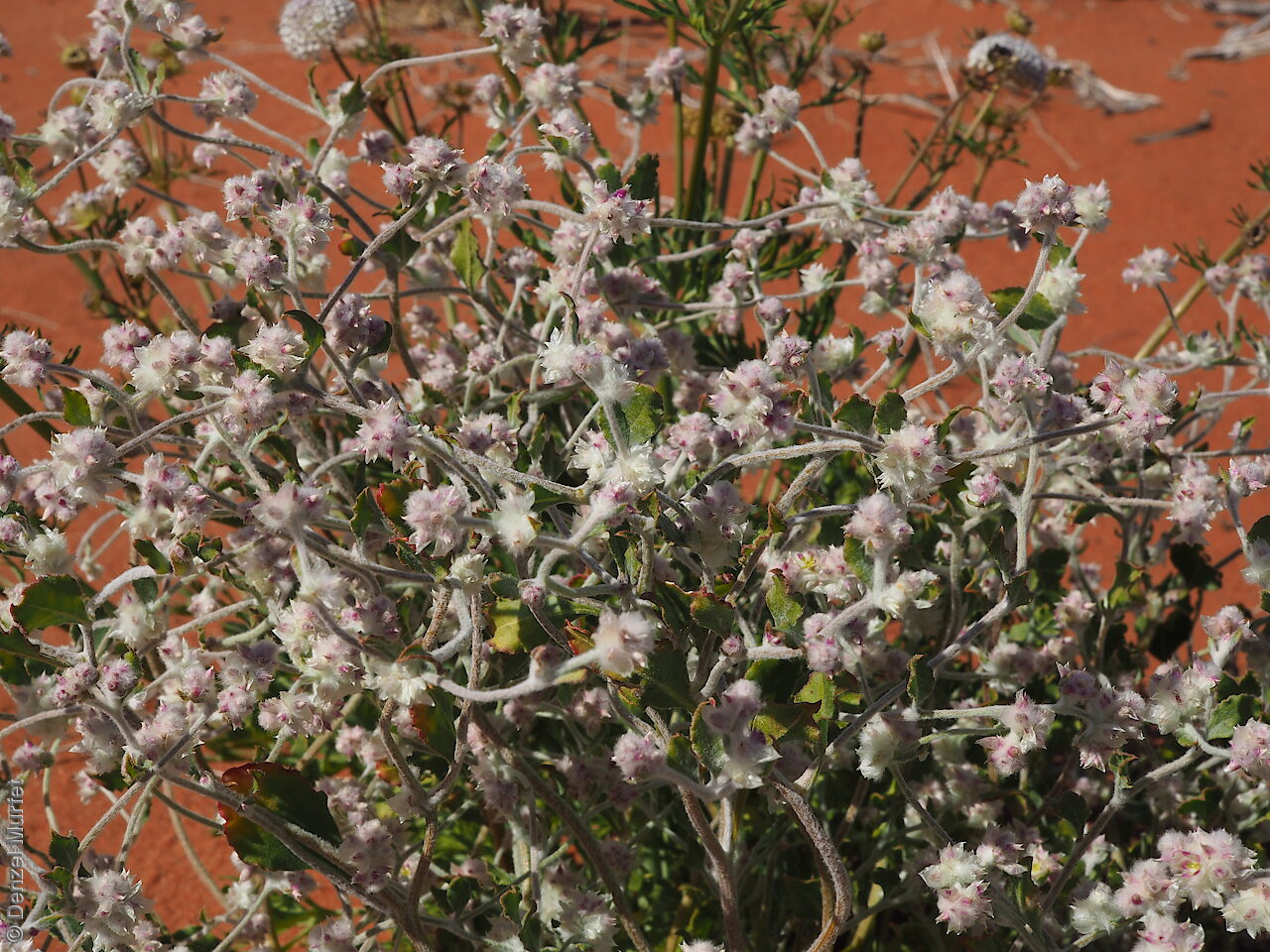
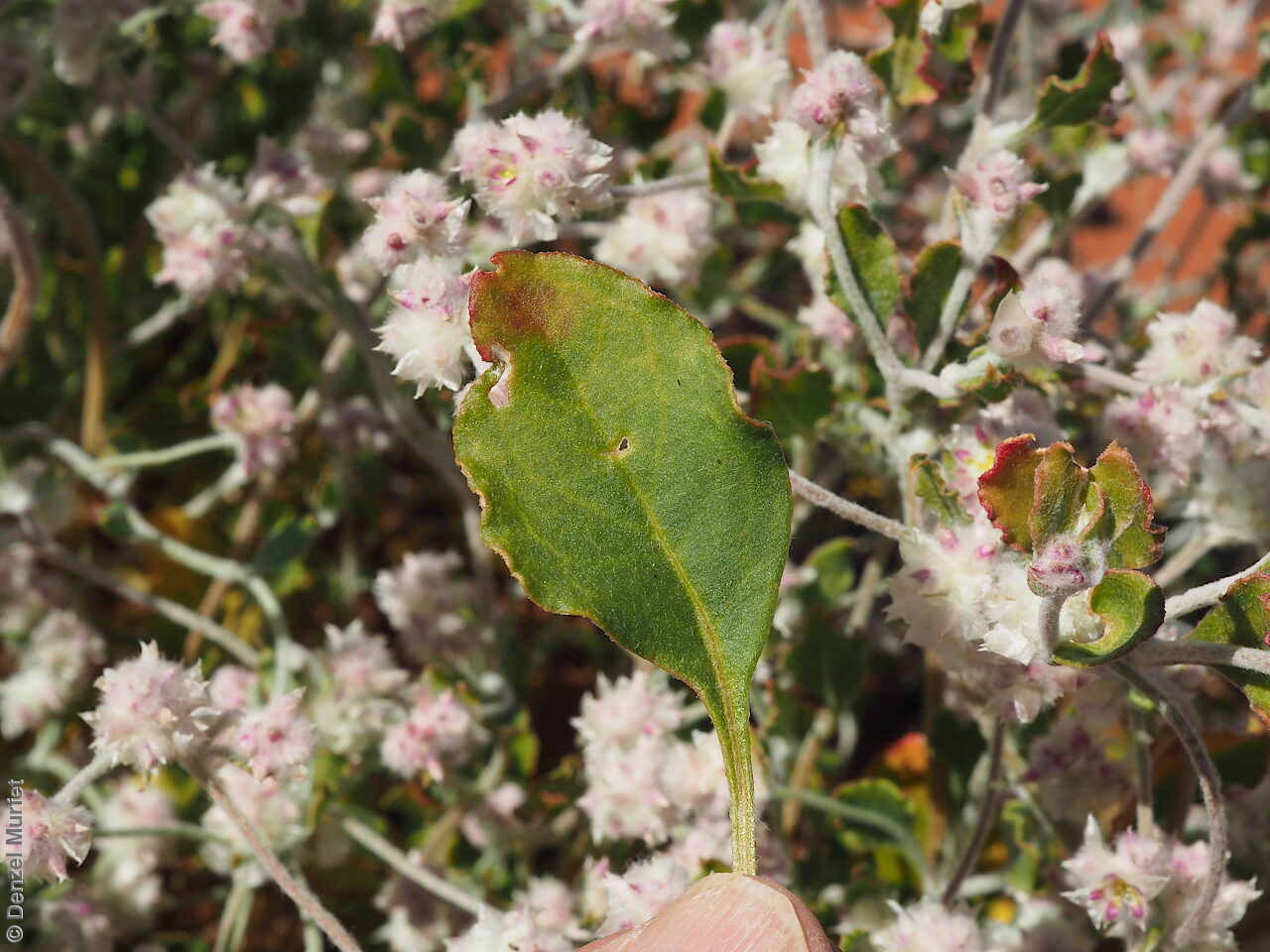
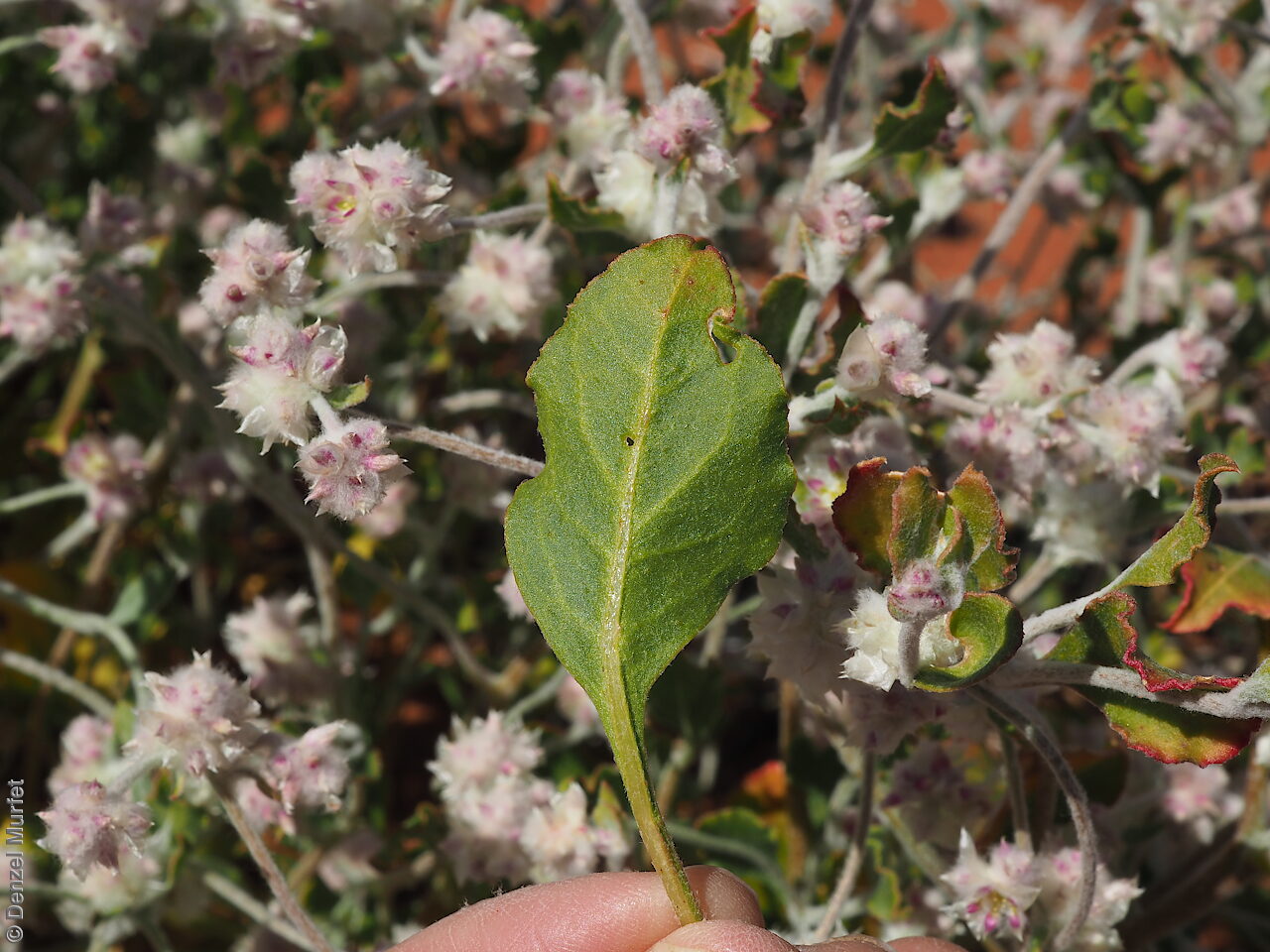
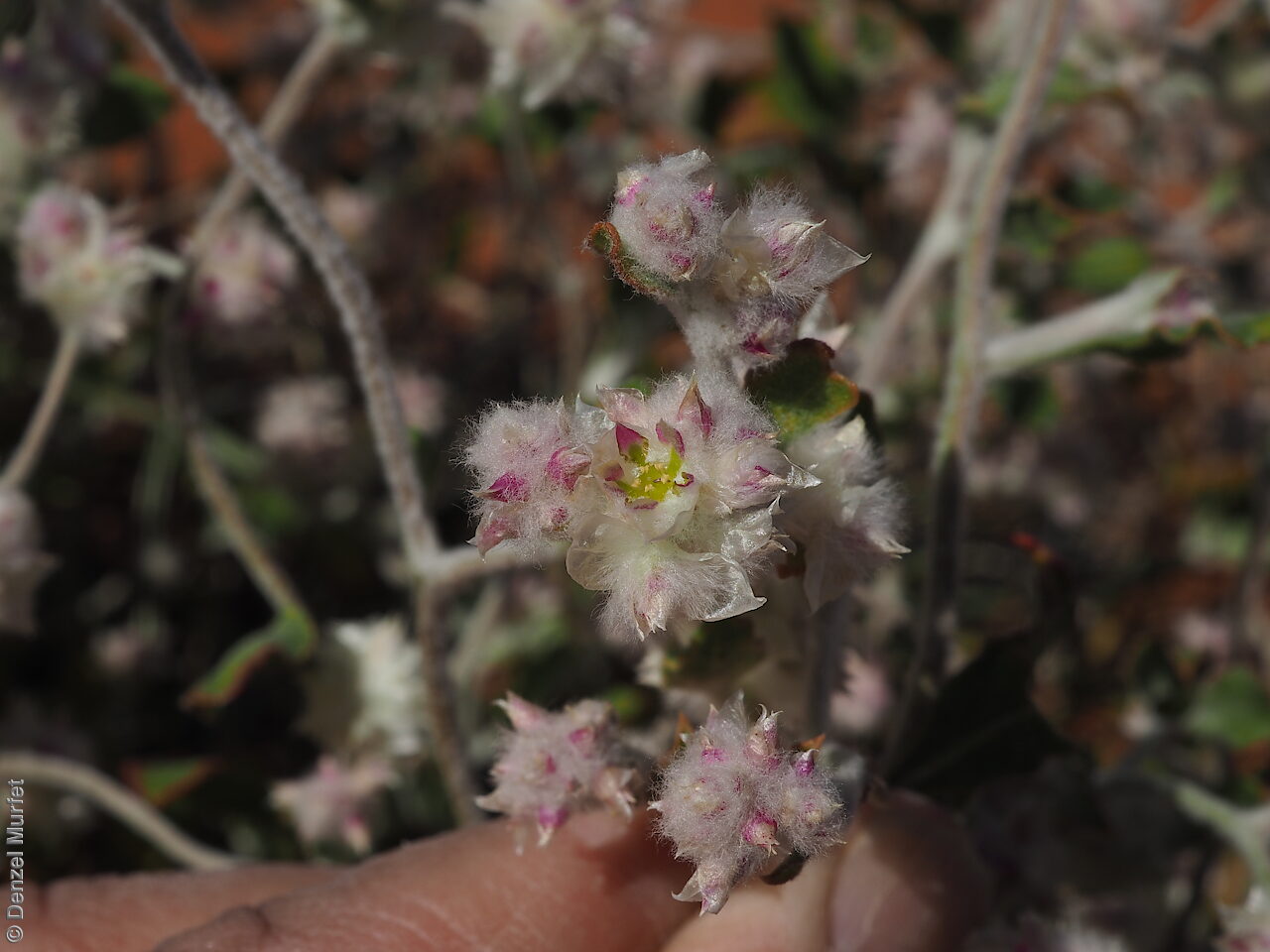
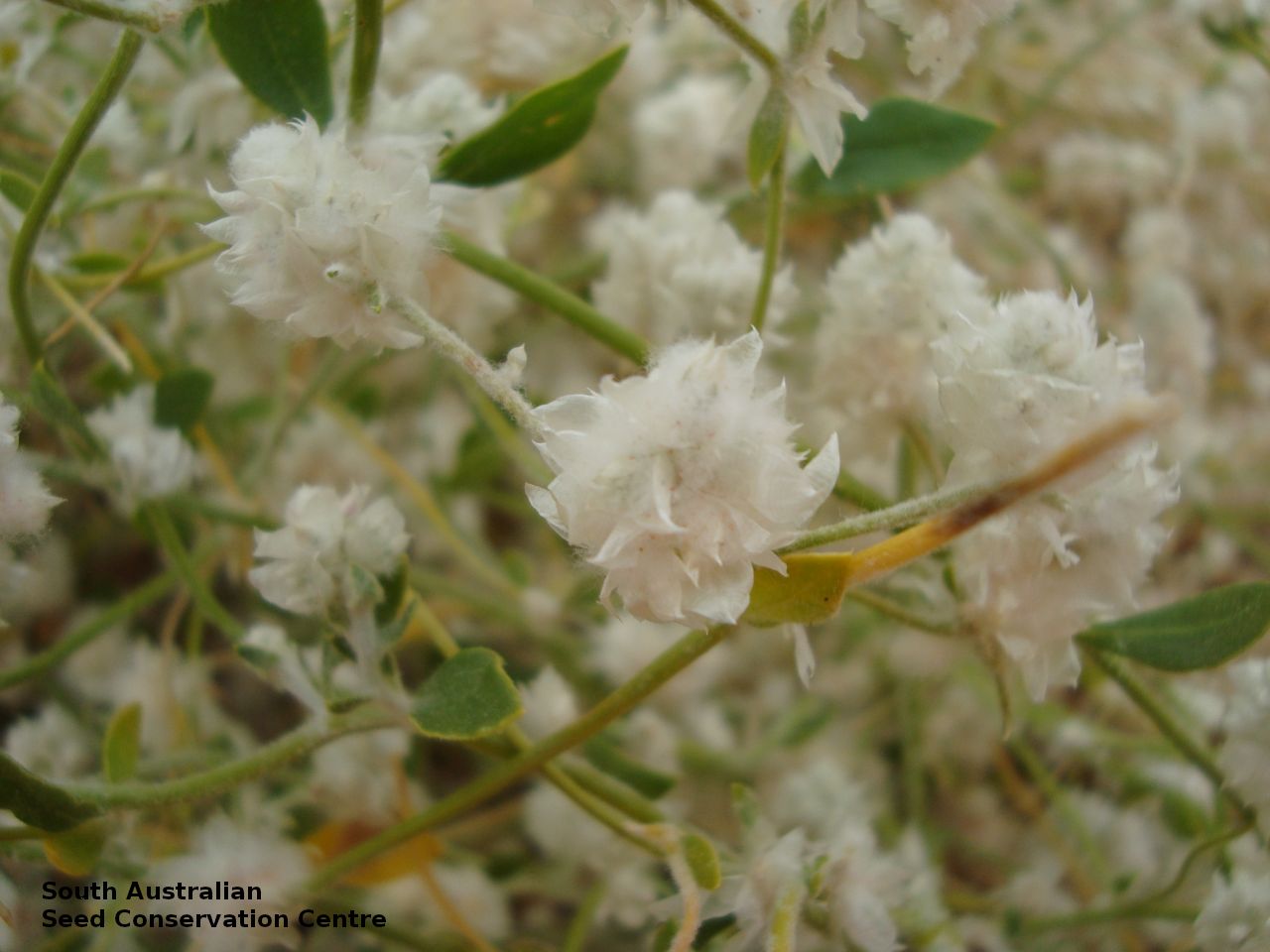
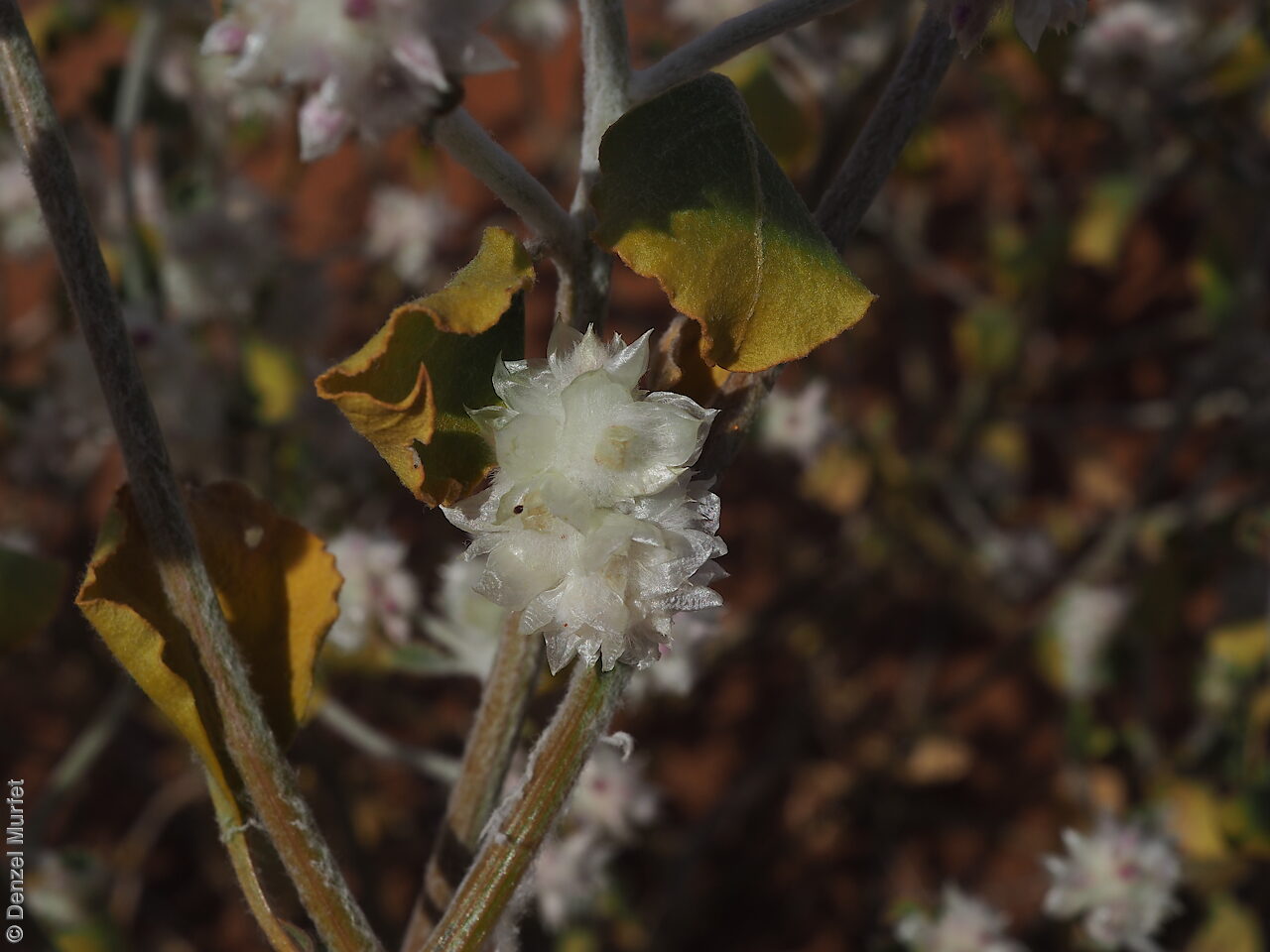
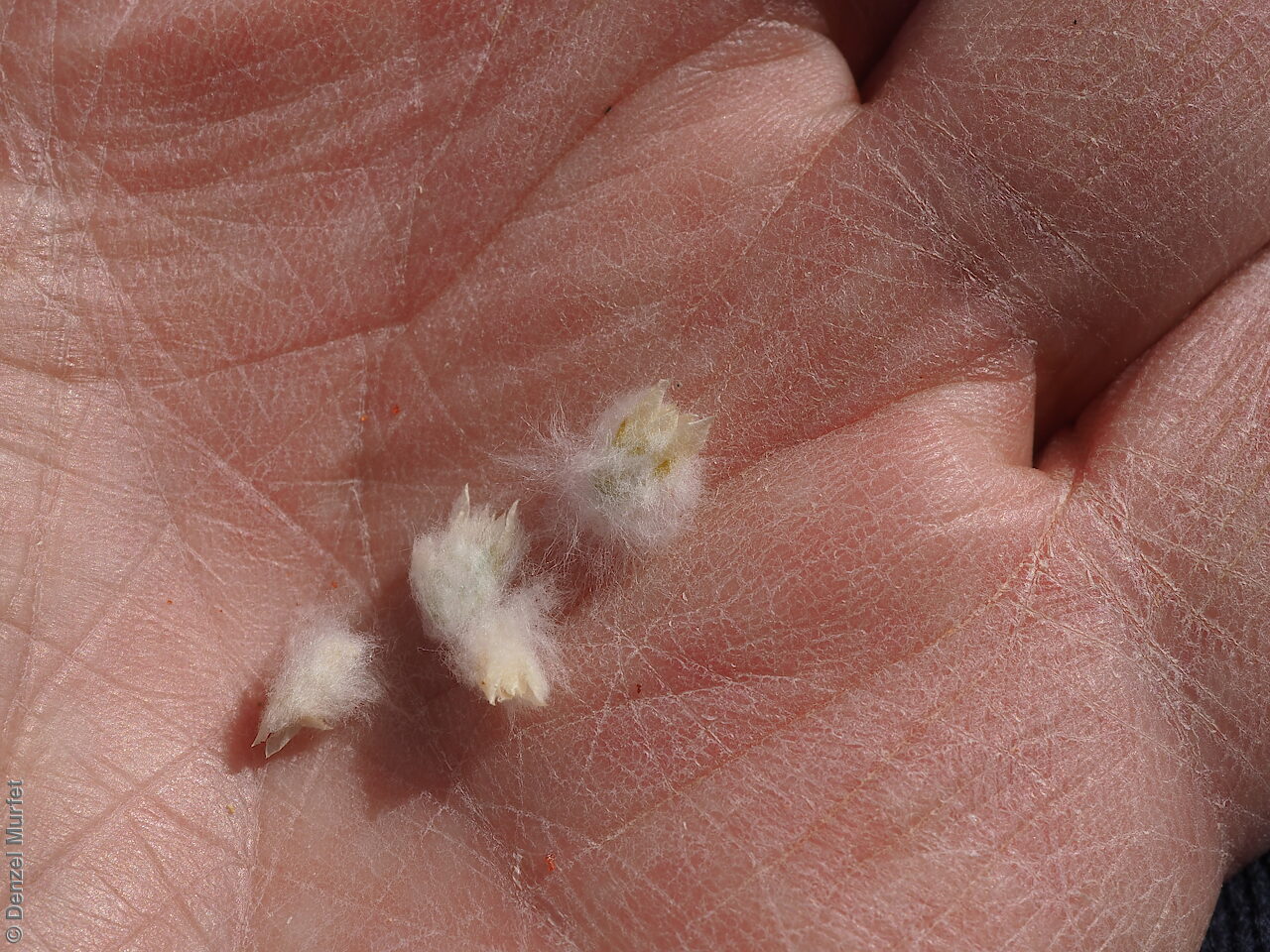
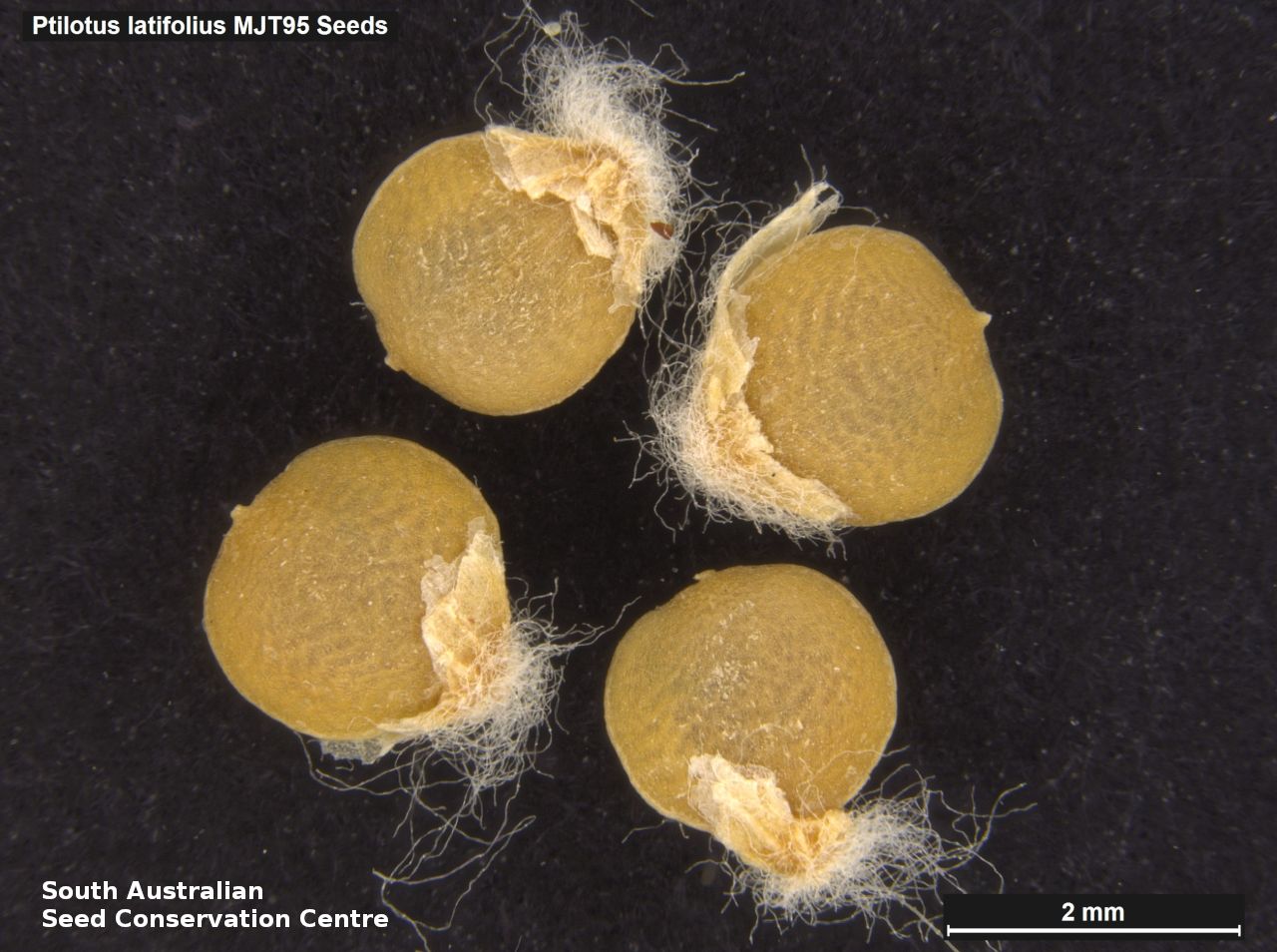
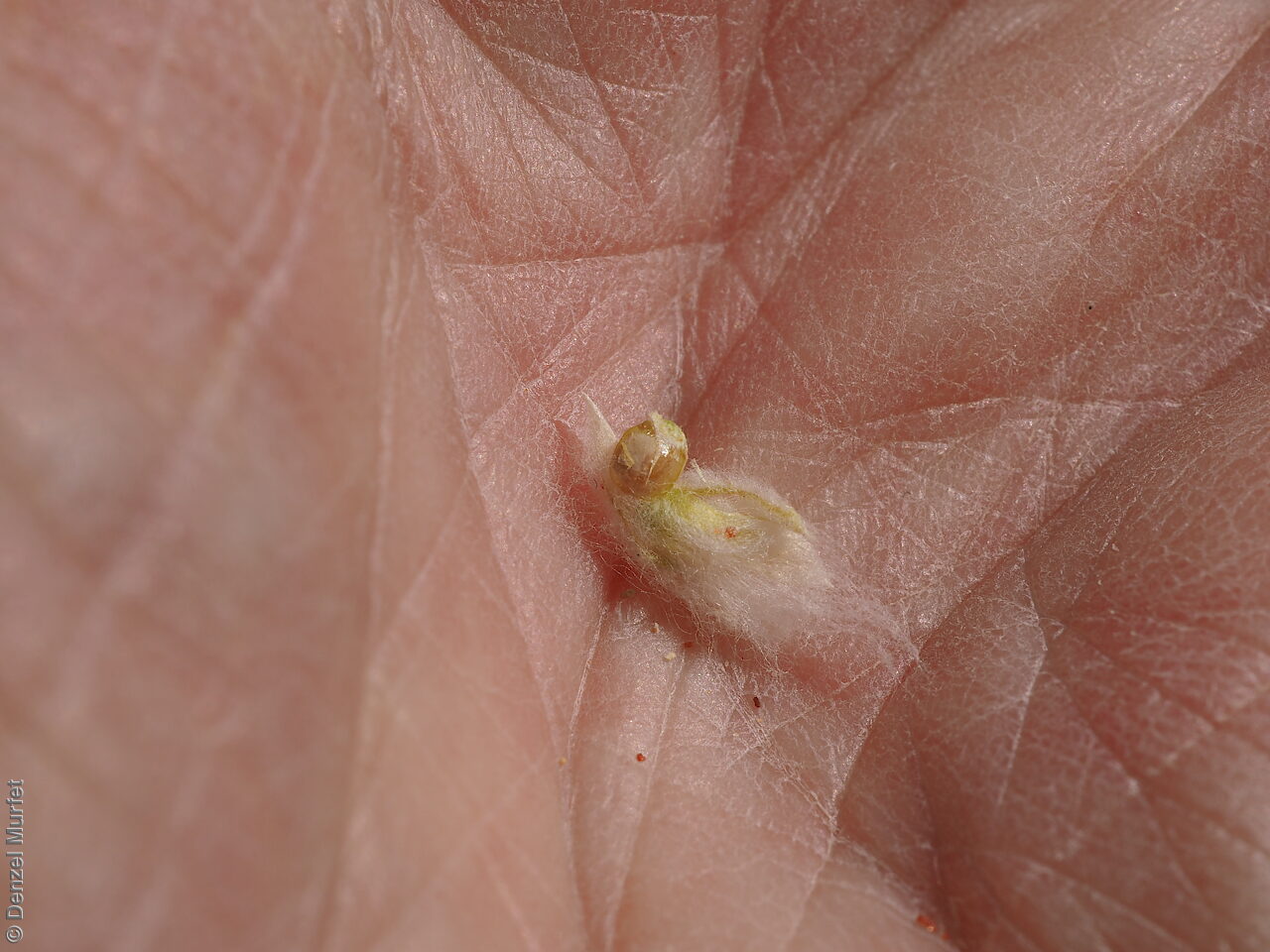
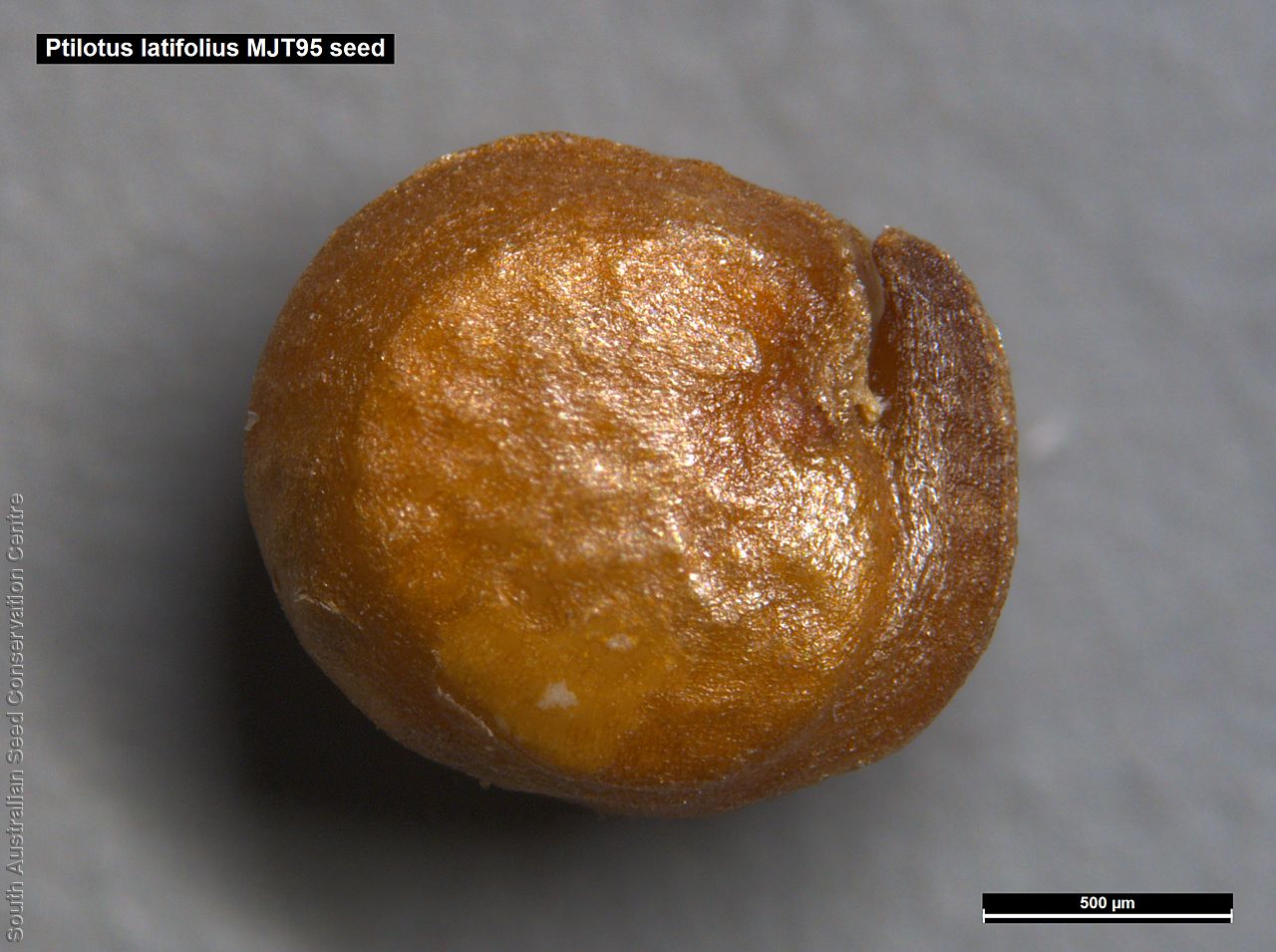
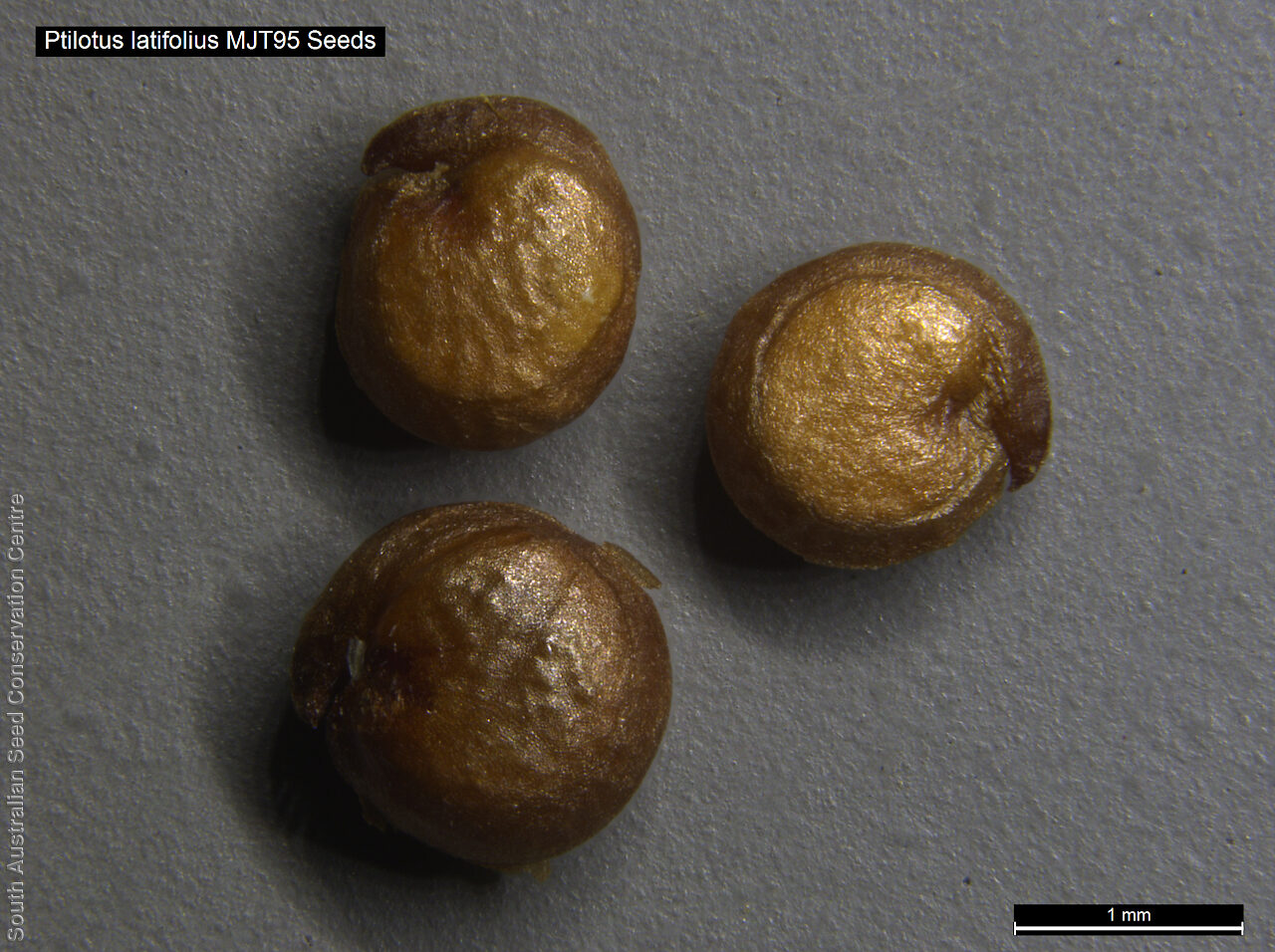

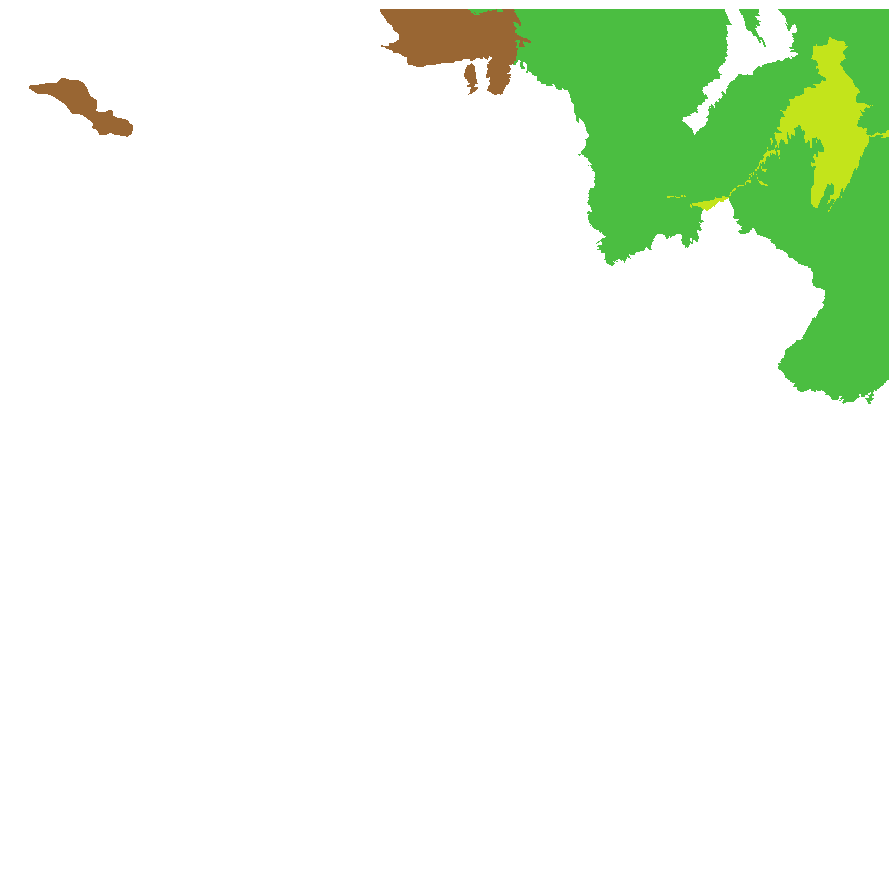
Botanical art
Prior names
Ptilotus latifolius var. latifolius
Trichinium latifolium
Common names
White Fox-tail
Tangled Mulla Mulla
Etymology
Ptilotus from the Greek 'ptilotos' meaning feathered or winged; referring to the hairy flowers. Latifolius from the Latin 'latus' meaning broad, wide and 'folium' meaning leaf.
Distribution and status
Found in the northern part of South Australia, growing on the crests of sand dunes, but may be present in other sandy free-draining locations. Also found in Western Australia, Northern Territory, Queensland and New South Wales. Native. Common in South Australia. Rare in New South Wales. Common in the other states.
Herbarium regions: North Western, Lake Eyre, Gairdner-Torrens
NRM regions: Alinytjara Wilurara, South Australian Arid Lands
AVH map: SA distribution map (external link)
Plant description
Annual rarely bush-like perennial, intricately branched, to 1 m high and 1.3 m across, young shoots and leaves at first with a fluffy pubescence hairs, branchlets only remaining hairy. Leaves broad-obovate to spathulate, to 80 mm long and 25 mm wide, with a long petiole. Flower-spikes numerous round ball-like with 10-20 pale-pink, soon fading to silvery-white flowers, often supported by 1 or 2 smaller leaves. Flowers throughout the year especially between July and October. Fruits are white globular head containing numerous long papery and hairy fruits, each containing one seed. Seeds are yellow-orange, globular to reniform to 2 mm long and 2 mm wide. Seed embryo type is peripheral.
Seed collection and propagation
Collect seeds between September and December. Be very careful when collecting this species as the fruits contain fine hairs that may cause an allergic reaction for some people. Collect the fruit heads when dried to a whitish colour. Each fruit should come off the head easily when fingers are rubbed up the stem. Collect more fruits than required as not all fruits will have a viable seed. Be very careful when cleaning this species as the fruits contain fine hairs that may cause an allergic reaction for some people. To clean, rub the fruit heads gently to dislodge the seed at the base of each fruit. Use a sieve to separate the unwanted material. Store the seeds with a desiccant such as dried silica beads or dry rice, in an air tight container in a cool and dry place. Seed viability is usually high but seed availability tend to be low. Seeds are non-dormant, viable seed should germinate readily.
| Location | No. of seeds (weight grams) | Number of plants | Date collected | Collection number Collection location | Date stored | % Viability | Storage temperature |
|---|---|---|---|---|---|---|---|
| BGA | 11,200 (22.28 g) | 20 | 27-Sep-2007 | MJT95 Lake Eyre | 19-Sep-2008 | 95% | -18°C |
Number of plants: This is the number of plants from which the seeds were collected.
Collection location: The Herbarium of South Australia's region name.
% Viability: Percentage of filled healthy seeds determined by a cut test or x-ray.